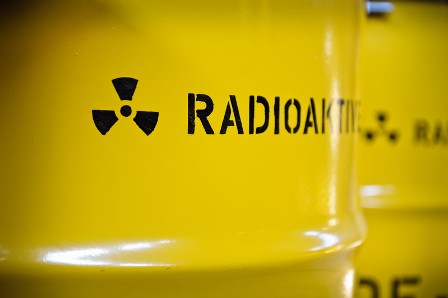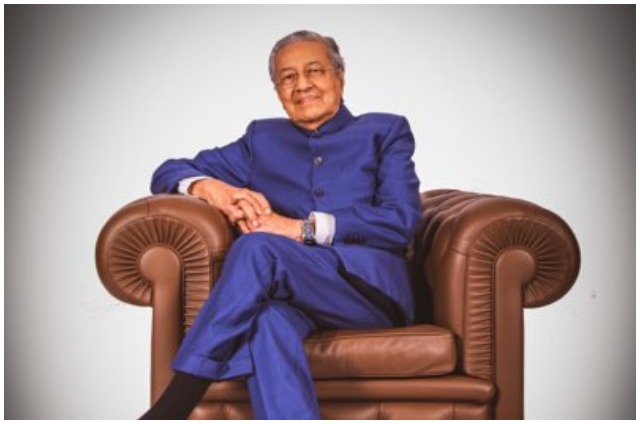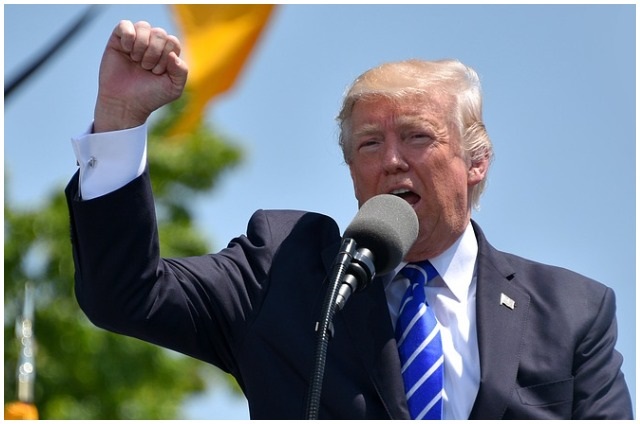NEW DELHI, March 27 – India’s airports will handle a cumulative 421 million passengers by 2020, making it the world’s third largest aviation market. Of the total, 336 million would be domestic passengers, while 85 million international, with projected investment to the tune of US$120 billion, Civil Aviation Minister Ajit Singh said. Currently, India is the ninth largest aviation market, handling 121 million domestic and 41 million international passengers.
“Today, more than 85 international airlines fly to India and five Indian carriers connect over 40 countries,” he said at the “Aviation Day” Tuesday.
The aviation sector is a key enabler of economic growth, social development and tourism, providing connectivity and access to global mrkets. The vibrant sector currently supports 56.6 million jobs and over US$2.2 trillion of the global Gross Domestic Product GDP), while India’s aviation accounts for 1.5 per cent of the country’s GDP and supports 1.7 million jobs, with a further 7.1 million employed in other sectors including tourism through the aviation catalytic effects.
“India is among the countries witnessing highest growth in air passenger traffic. Its airport infrastructure is undergoing modernisation, with the installation of the state-of-the-art facilities,” he said.
New Greenfield airports are under construction and security, surveillance and air traffic navigation systems have been modernised, the minister said. The prospects and possibilities of growth of the Indian aviation market are huge. Ajit Singh said the gap between potential and current air travel penetration showed India was presently at 0.04 air trips per capita per annum, far behind advanced nations like the United States and Australia (more than 2 air trips per capita per annum), China and Brazil (0.3 air trips per capita per annum).
The low ratio of per capita air trips in India suggests a huge potential for air traffic growth, considering a relatively higher trajectory of economic growth in the country, coupled with the necessary government support.


Going forward, Ajit Singh said given the cost of Aviation Turbine Fuel (ATF), which constitutes the major component of the airlines’ operations costs in India amid the sales tax levied by state governments, the government has now decided to allow direct imports of ATF by Indian carriers.
“I am told that all major Indian airlines are exploring the possibilities of importing ATF,” he said, adding that he was also persuading various state governments to bring down the sales tax rate on ATF. The government has also liberalised aircraft acquisitions by scheduled, non-scheduled airlines, flying institutes and for private use. Currently, prior permission from the Civil Aviation Ministry is needed before aircraft can be acquired through the Aircraft Acquisition Committee.
Henceforth, no permission for aircraft acquisition will be required from the ministry and airlines are free to acquire aircraft as per their business plans and requirements. To give a big boost to international air travel, the Indian government has taken substantial steps to liberalize and grant traffic rights to Indian carriers to fly to several new destinations across the globe. In order to ensure better advance planning on the part of airlines, the Civil Aviation Ministry, as a long-term plan, has already allocated the traffic rights to Indian carriers for the next two years such as Summer-2013 and Winter-2013.
The new traffic rights have opened up several new international sectors and have increased airlines overall traffic entitlements by about 60 per cent over the existing traffic rights. Only in the Gulf region and South East Asian countries, there is an enhancement of some 81,000 seats per week in the entitlement of Indian carriers, which is about 80 per cent more than their present entitlements.
“Now with the liberalised aircraft acquisition policy, I hope our airlines will be able to utilise all these bilateral rights, bringing enormous benefits to the Indian public,” Ajit Singh added.
BERNAMA










